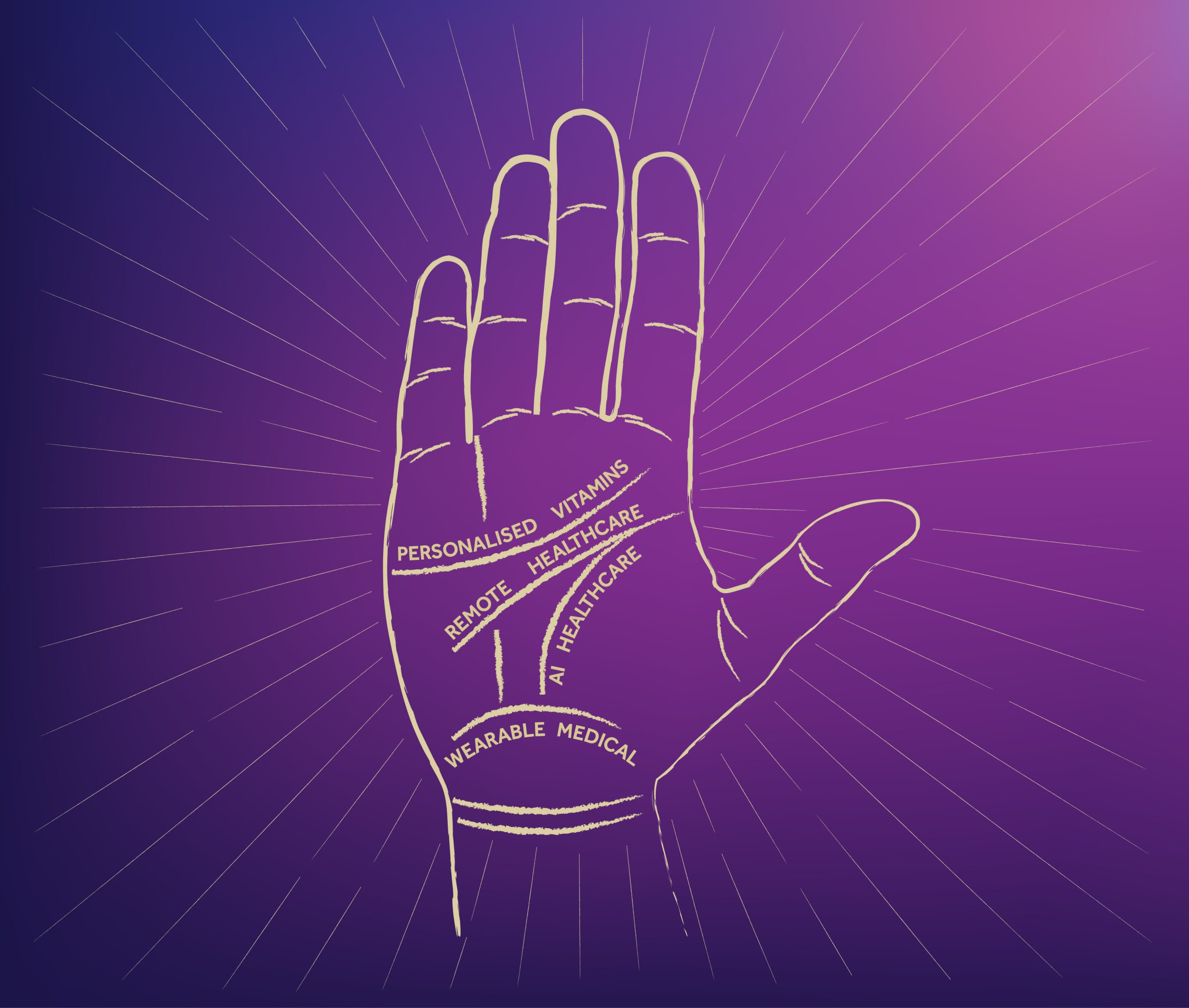- Healthcare
- communications
5 Healthcare Trends for 2023
We have taken the start of the year to look ahead in 2023 into what we believe will be shaking up the healthcare industry this year. If 2022 has shown us anything is that it’s imperative for brands to stay plugged in to the ever-changing market of healthcare trends in order to best support clients and their customers. So what’s the outlook for 2023? And what actions can we take?
1. AI HEALTHCARE – It seems like AI is the big talking point at the moment with the rise of ChatGPT, but we see it also on the rise in healthcare with machine learning and predict it will continue to grow through 2023. We see it already being used to predict the outcomes in clinical trials as well as flag up reoccurring conditions in patients that might well appear in later health checks. AI in healthcare improves patient outcomes and streamlines the healthcare process for greater efficiency, something that could be put to good use in the NHS. Other tasks for AI to develop into include medical imaging analysis, drug development, and early intervention. AI can also be used to analyse enormous amounts of patient data to identify potential threats at a rate doctors and pharmacists are unable to compare, thus vastly improving treatment times.
As an agency how can we use utilize the current content focused innovations within AI but stay thoughtful, relevant and informed – are we at risk of letting computers take control? It’s important to utilize the service where appropriate, time efficiency for example, whilst maintaining a human touch.
2. REMOTE HEALTHCARE – Remote healthcare, also known as telemedicine, involves the use of technology to provide healthcare services remotely – the proof is in the name! This includes the use of virtual healthcare communities, consultations, and prescriptions. Virtual consultations allow patients to receive care at home using remote monitoring. This can be especially useful for patients in rural or remote areas who may have limited access to healthcare facilities. Healthcare communities are informal online platforms that connect patients with the same chronic conditions to each other. These support communities allow for the sharing of information and resources, providing companionship around the clock to those who need it. All of these technologies have been accelerated through the COVID-19 pandemic as we drove towards remote learning, working and inevitably health services.
3. PERSONALISED VITAMINS – Personalized vitamins are a recent revolution of dietary supplements specially formulated based on an individual’s specific nutritional needs. The idea behind personalized vitamins is that everyone’s nutritional needs are different and therefore a “one-size-fits-all” approach to vitamin supplementation cant be used as a true representation of peoples needs. Personalised vitamins typically use a process called nutrigenomics, analysing an individual’s genetic makeup to determine their specific nutritional needs. This analysis can identify genetic variations that affect how the body metabolizes certain vitamins and minerals, and can also indicate a person’s risk for certain nutrient deficiencies. (how push for individualisation= companies need to get to know customer)
4. WEARABLE MEDICAL DEVICES – The popularity of wearable health devices giving personalized health information to consumers at the drop of a hat. Wearable medical devices are electronic devices that are worn on the body and used for the purpose of monitoring and collecting data related to a person’s health. These devices can be used for a variety of purposes, such as tracking physical activity, monitoring vital signs, and alerting the wearer to potential health issues. Some examples of wearable medical devices include; Fitness trackers, These devices are worn on the wrist and track a person’s physical activity, such as steps taken, calories burned, and distance travelled. Sleep monitors: These devices are worn on the body and used to monitor a person’s breathing patterns during sleep to detect sleep apnoea, snoring and sleep talking. Wearable medical devices massively benefit individuals looking to take control and track their own health and can enable doctors to monitor patients remotely providing records of bodily function throughout lengthy periods of time.
5. INCREASED DIVERSITY AND INCLUSION – efforts to be made in healthcare, insurance companies update policies to include trans and gender-affirming healthcare on their list of covered practices. Healthcare organizations are attempting to diversify their treatment options to make them more accessible to all individuals, regardless of their socioeconomic status, race, ethnicity, or other factors. This includes efforts to address health disparities and provide culturally appropriate care to underserved communities. One example of this is the implementation of community health worker programs, which involve trained individuals from the community working with healthcare organizations to provide education, support, and assistance to individuals and families in need. Community health workers can help connect patients with resources and services, such as transportation and housing assistance, and can also provide language and cultural support to non-English speaking or immigrant populations.
Back


